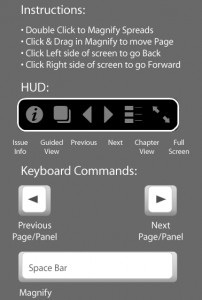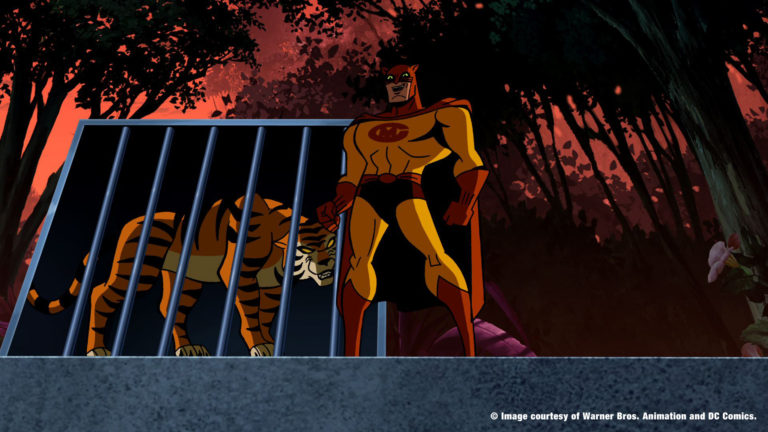One of the only things that you can count on with unqualified certainty is change. Even though they often seem like carbon copies of one another, each day of our lives is inherently different from the one before it.
Perhaps because many of its products deal with fantasy futures and make-believe worlds, the comic book industry has not only adapted to the changes around it, but in some cases has blazed the trail itself.
It is a mammoth understatement to say that comics have changed a lot in the 70-plus yea rs since Marvel and DC Comics got the ball rolling. But the most obvious separator between comic books and novels then was, and will probably always be, the artwork.
rs since Marvel and DC Comics got the ball rolling. But the most obvious separator between comic books and novels then was, and will probably always be, the artwork.
Comics are a visual medium in the same vein as motion pictures and television. It is this factor, in my humble opinion, which allows comics to flow into the various digital formats available today as swiftly as a mountain stream spilling over with snowmelt.
Formats, Interfaces, Readers, and so forth
Digital comics exist in a relatively new universe: The Internet. This means, among other things, that they will likely evolve exponentially within their universe. For instance, many readers are not only compatible with Macs and PCs, but also with newer, more portable devices, such as the iPad, iPhone, and PSP (PlayStation Portable).
There are a number of websites whose sole business is to fill the growing demand for digital or digitized comic books. MyDigitalComics.com, Graphicly, and comiXology are three major players in the digital-only comic book sales industry. The first internet-based retailer to make immediately and legally downloadable comics its specialty, however, was DriveThruComics, founded in 2005.
On these sites, users can choose from a gigantic variety of comics from a gigantic variety of publishers. Dark Horse, Marvel, DC, Image, Icon, Dynamite, IDW, Oni Press, TOKYOPOP, Top Shelf, and many, many more large and small, independent and corporate publishers, are digitizing their products.
Many of the readers used on publishers’ websites utilize the same, or at least very similar, interface to display your comic. Generally you can choose to flip through the comic digitized page by digitized page, or digitized panel by digitized panel; change from full screen to cropped screen; and some readers allow you to magnify images by double clicking on them.

If you are unsure about whether or not you are going to like digital comics, you can take them out for a test drive, so to speak, to help you make an informed, intelligent decision. Just look for a category entitled “Digital Comics,” or similar, on your favorite publisher’s website and click into it.
Most publishers offer several of their popular titles in a digital format for free. That’s right: 100 percent, no-strings-attached, no-money-down FREE.
Downloaded File Readers
The following list of digital comics’ readers for downloaded files carries with it the caveat that there are more types available for the intrepid and the curious to ferret out.
- Adobe Reader (PDFs)
- CBZ and CBR file readers (CDisplay and Comical)
- EPUB – International Digital Publishing Forum (IDPF, with file extension .epub)
- Comic Zeal (iPhone and iPad)
- AVE Comics (iPod Touch, iPad, and iPhone)
- ComicBookLover (Mac OS X, iPhone, and iPad)
So, you have choices for reading your digital comics. Use this new-found power wisely. Share it with a friend or two. Bring it along with you everywhere. And, most importantly, check back with yours truly here at ComicAttack.net for more cool coverage on the wonderful world of digital comics.
Kevin P. Hanson
kevin@comicattack.net
@Ke5in



I love the Adobe app on my IPad!